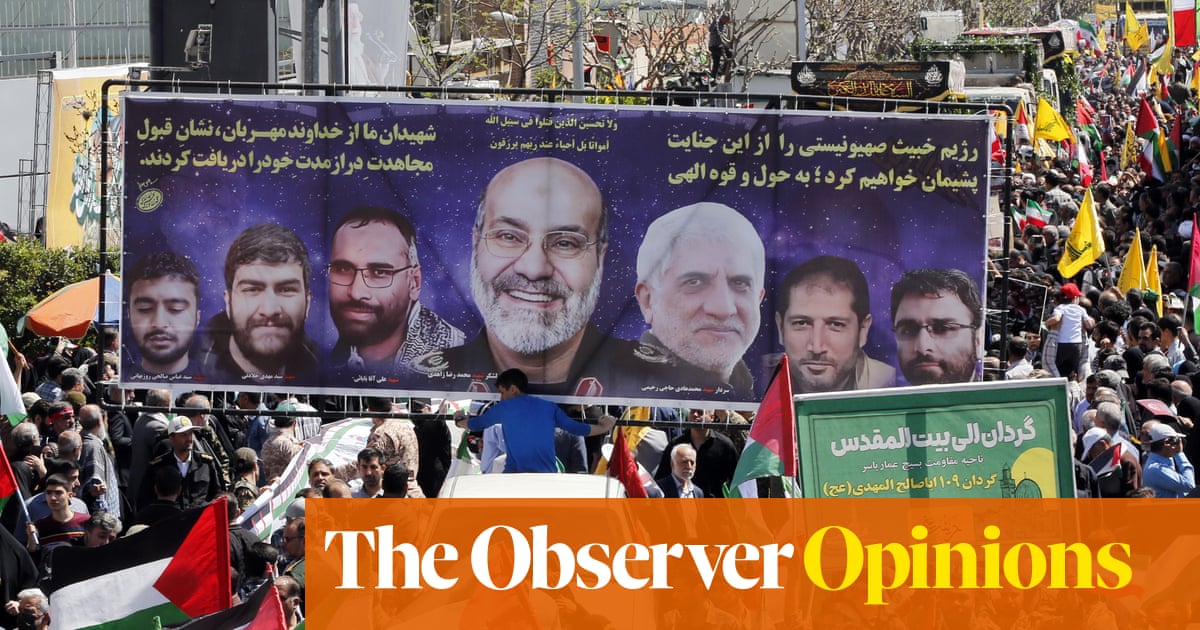
Not since the Cuban missile crisis of October 1962, when the US and what was then the Soviet Union came to the brink of Armageddon before thankfully taking a step back, has the world been under so much threat of nuclear aggression.
The nuclear powers (who were fewer then) and the UN learned their lessons, and the Treaty on the Non-Proliferation of Nuclear Weapons (NPT) came into force in 1970. It has 190 current signatories, more than any other arms control treaty, although India, Pakistan and Israel have never joined and North Korea withdrew in 2003.
The US and the old Soviet Union signed several bilateral arms control agreements, notably the Anti-Ballistic Missile (ABM) treaty in 1972 and the Intermediate-Range Nuclear Forces (INF) Treaty in 1987. The former limits each signatory to a maximum of 200 anti-ballistic missiles and the latter eliminated land-based ballistic missiles and cruise missiles with a range of between 1,000km and 5,500km. By June 1999, the deadline for implementing INF, 2,692 missiles in that category had been destroyed.
By that time, however, the Soviet Union had imploded, creating a raft of new denuclearization challenges, and there were several more members of the nuclear arms club — notably India and Pakistan, as well as North Korea and Israel. And as the number of nations with access to nuclear arsenals grew, the capability of several other nations — especially China — increased exponentially.
The US withdrew from the ABM treaty under President George W. Bush in 2001. Donald Trump suspended the INF Treaty this year. Both cited Russian violations as the core reason. European politicians and NATO decision makers regret the withdrawals, because they feel it is wiser to keep Russia engaged and have the power to verify what is happening on the ground. They also fear a renewed arms race in a densely populated Europe.
During the Cold War both US and Soviet leaders understood the risk of “mutually assured destruction” — the acronym was MAD for a reason. Both blocs were run by calculated and calculating realists who knew that emotions had no place in dealing with nuclear warfare. The world today has many more “hothead” leaders with a finger on the trigger.
Cornelia Meyer
These concerns were most recently articulated by German Chancellor Angela Merkel at last month’s Munich Security Conference, when she advocated remaining in existing denuclearization frameworks and perhaps even expanding them to include China.
On the Subcontinent, few can forget the summer of 1998, when world leaders held their collective breath amid tit-for-tat testing of nuclear weapons by India and Pakistan. Just how dangerous that could be has become clear in the past two weeks. On Feb. 14 the Pakistan-based terrorist group Jaish-e-Mohammed (JeM) killed 40 Indian paramilitary police officers in a suicide bombing in Indian-administered Kashmir. India retaliated with an airstrike on a JeM camp in Pakistani-adminstered Kashmir. An aerial confrontation last week resulted in Indian pilot Abhinandan Varthaman being shot down and taken into custody by the Pakistani army.
Pakistan’s Prime Minister Imran Khan understands just how dangerous this is, given the nature of the weapons each side possesses. He released the pilot and pleaded for cooler heads to prevail. Indian Prime Minister Narendra Modi, however, is engaged in an unexpectedly contentious election cycle that may make a statesmanlike reaction politically tricky. Both Saudi Arabia and the UAE are geographically close, and deeply concerned. The recent visits to both Pakistan and India by Saudi Crown Prince Mohammed bin Salman positions the Kingdom well to play an active role in calming the situation down.
India and Pakistan have gone to war with each other four times, three of them over Kashmir. The recent spat highlights just how dangerous nuclear arsenals are, when the relationship with a neighbor is so fragile.
Further east, North Korea’s nuclear testing has worried all its neighbors for two decades. The Korean Peninsula and China, Japan and Taiwan are among the most densely populated regions on earth. The US paid close attention when Pyongyang began testing long-range missiles and developing small nuclear warheads. In combination, these weapons may reach the US mainland. This was the backdrop against which Donald Trump first ratcheted up the rhetoric against Kim Jong Un, to whom he gave the epithet “little rocket man.” Trump later “fell in love” with the dictator, and they have held two summits, in Singapore and Hanoi, Vietnam. Neither yielded anything constructive in the way of denuclearization, and Trump packed his bags and left Hanoi early. However, North Korean state media hailed the meeting as constructive and the US administration left the door open for future negotiations.
In other words, Northeast Asia is probably in a safer place than it was a year ago. Globally, however, we should be concerned by the dismantling of multilateral frameworks. Russia and the West talk at cross purposes, and the US realises China’s military stance and potential throughout the Eurasian continent, as well as at sea – particularly in the South China Sea. The rhetoric has turned markedly more bellicose and the countries with access to nuclear weapons have multiplied compared with the Cold War period.
There is one more difference: During the Cold War both US and Soviet leaders understood the risk of “mutually assured destruction” — the acronym was MAD for a reason. Both blocs were run by calculated and calculating realists who knew that emotions had no place in dealing with nuclear warfare. The world today has many more “hothead” leaders with a finger on the trigger. All in all, we should probably worry.
* Cornelia Meyer is a business consultant, macro-economist and energy expert.
Twitter: @MeyerResources












